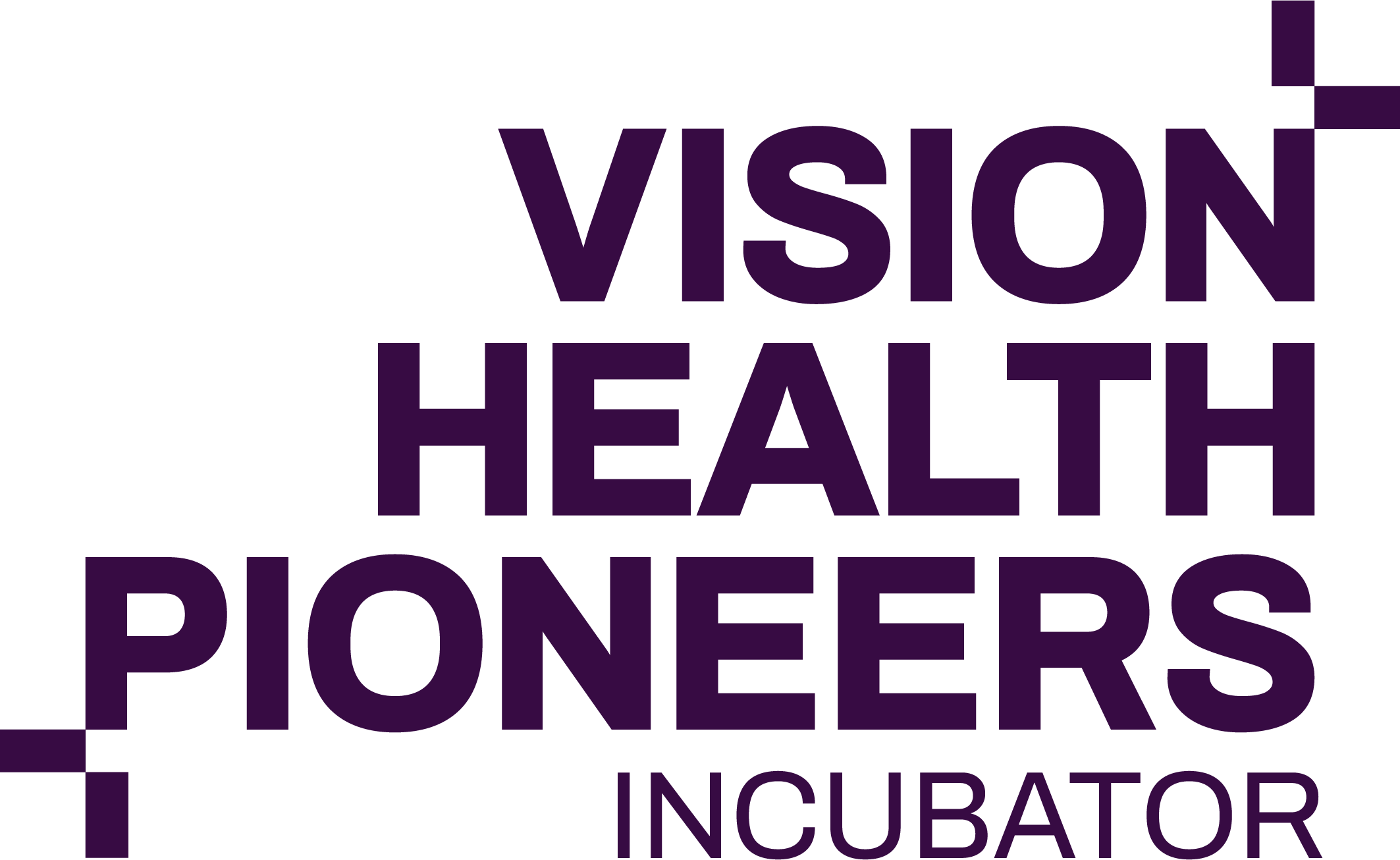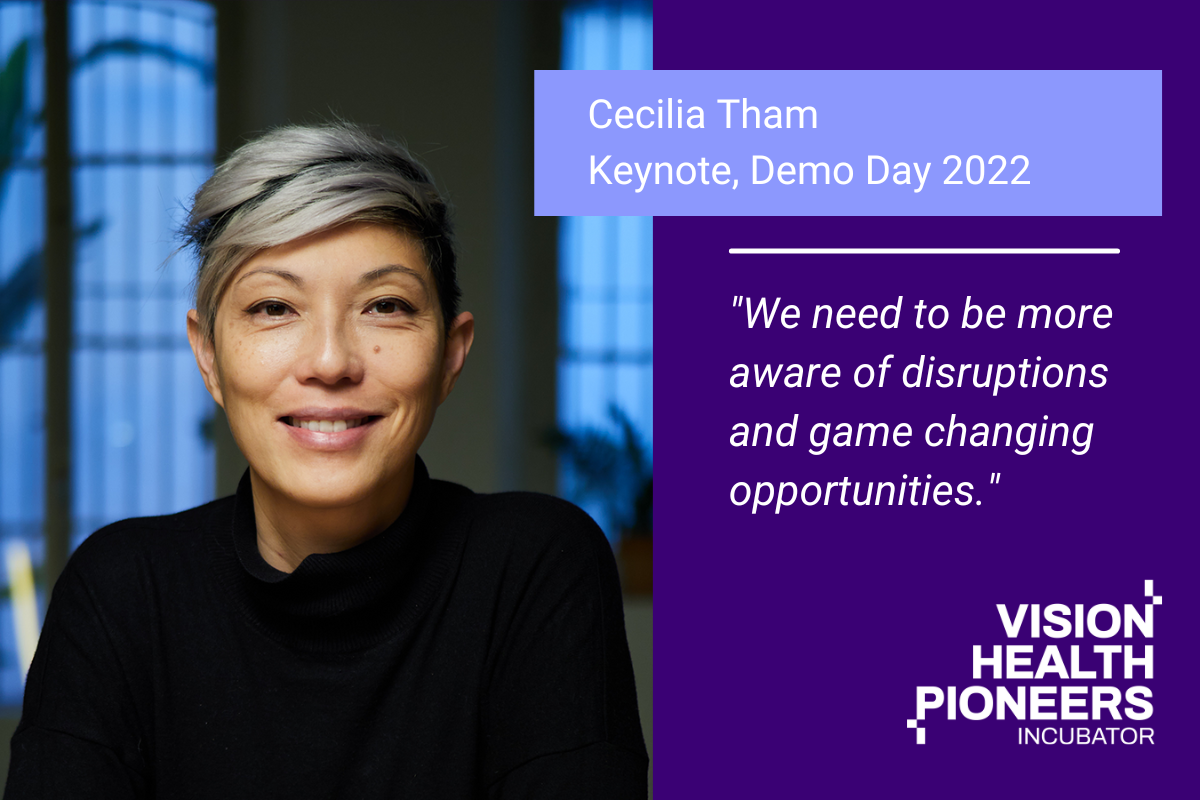
03 Nov Navigating the future can seem impossible – Cecilia Tham’s Keynote
At our Demo Day 2022, our healthtech startup teams presented their solutions they have been building during their time in our incubator. Each team took us on a journey and shared their personal experiences that led to the companies being formed. It was an impressive showcase and really helped paint a picture of the future of healthcare and the role they will play in this world.
Equally as important was the picture crafted by our keynote speaker, Cecilia Tham. The Founder & Director of Futurity Systems explored the most critical megatrends that will impact the future of healthcare. In the following blog we share some of those key findings and how Cecilia breaks down their approach to the future.
“How we approach the future can be seemingly impossible.”
“How we approach the future can be seemingly impossible. From an industry standpoint, we came from a place where we saw the future from a theoretical perspective, almost like forecasting and seeing it only from afar.”
Cecilia set the existing scene with this opening sentence and in her keynote address went on to describe how it has changed today. “We have more tools to navigate the future. We now need to build the future with:
- The rigor of science
- The imagination of design
- The ingenuity of engineering
- The acumen of business (innovations that are not applied have no effect)”
Cecilia’s approach is through synthesizing: breaking things apart and then putting them back together. “There are only really two ways for companies to grow – you can launch a new product or you can launch in a new market. These are the two dimensions to go about scaling your company. We need to be more aware of disruptions or game changing opportunities.”
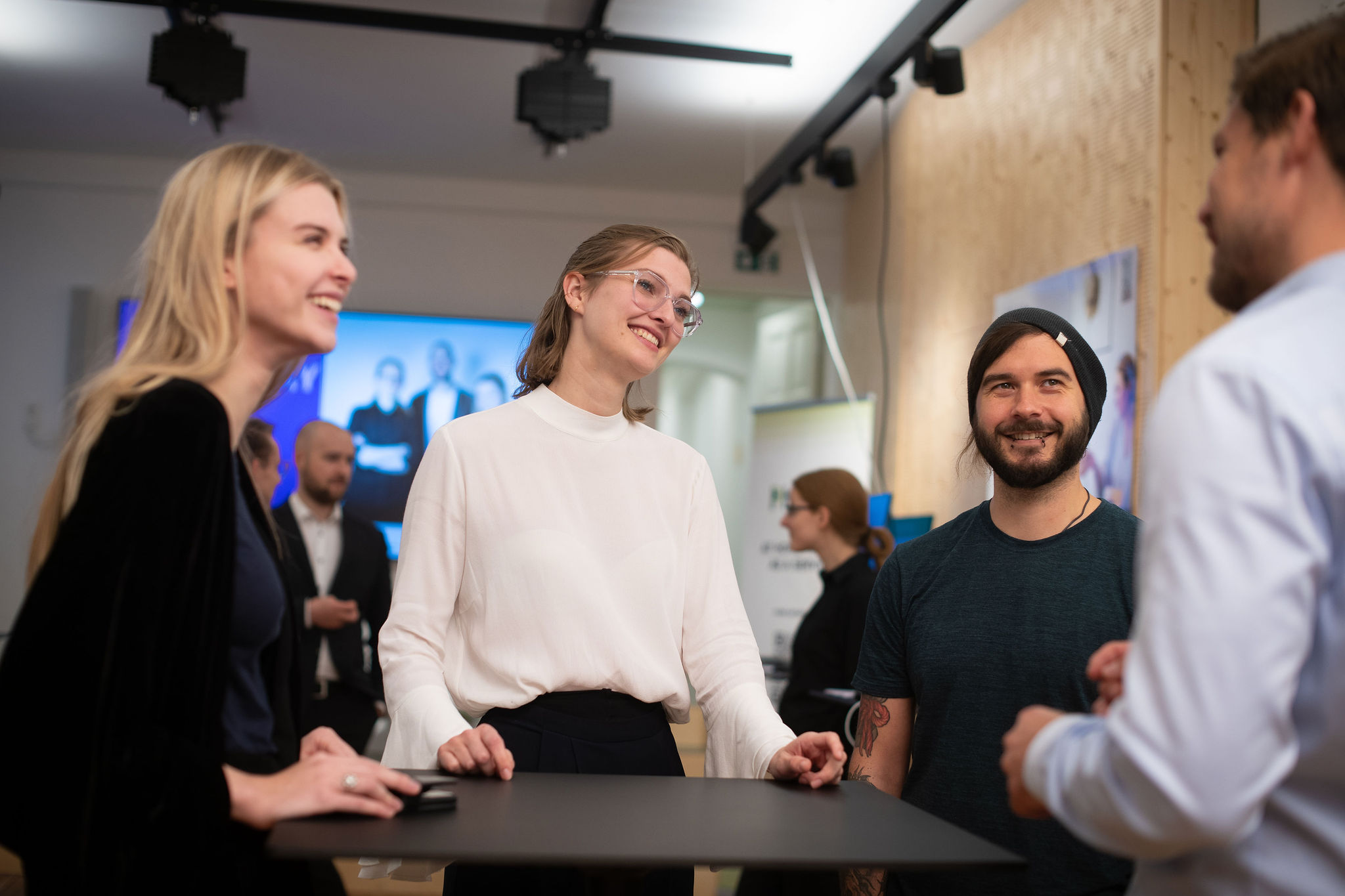
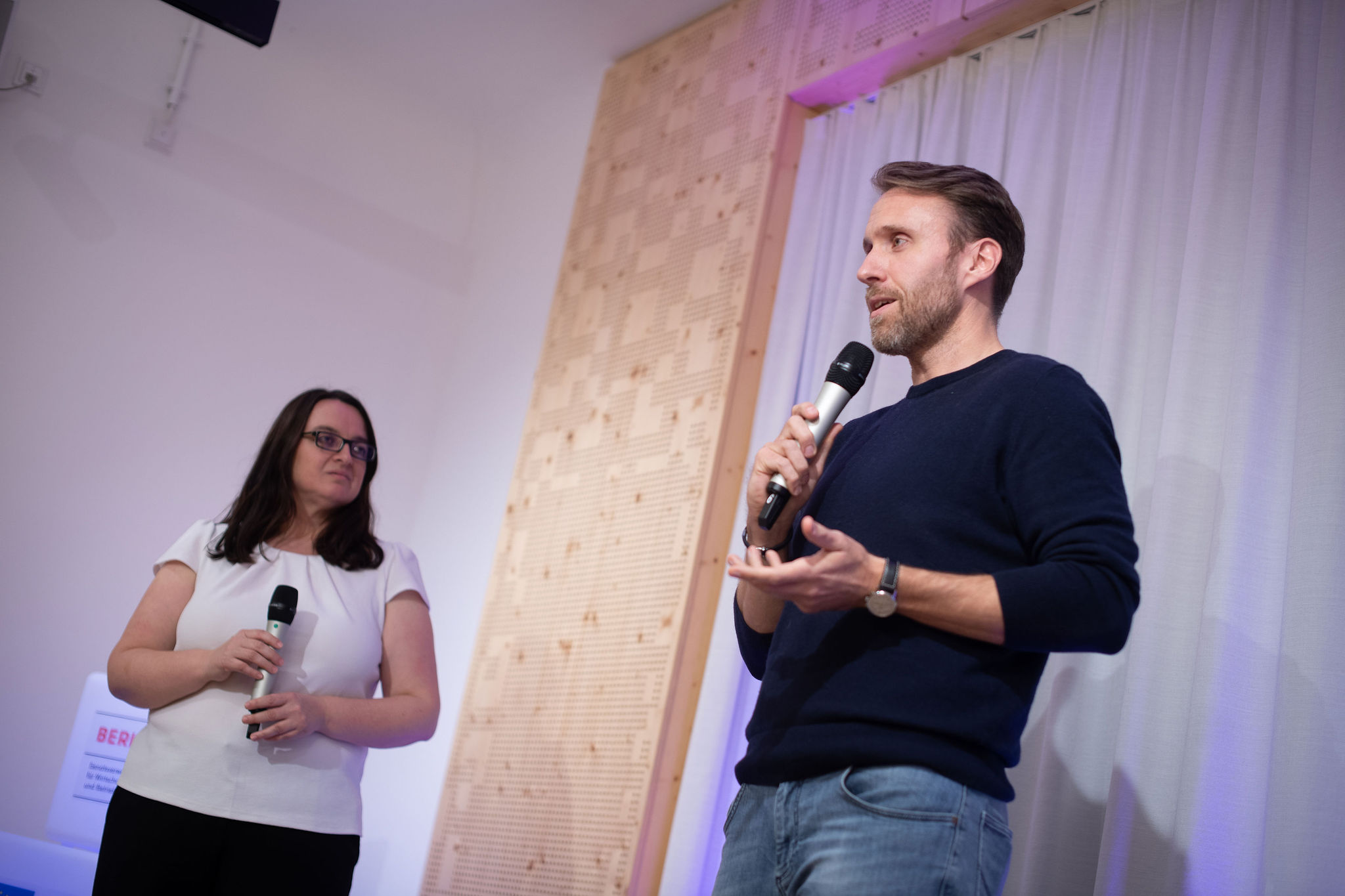
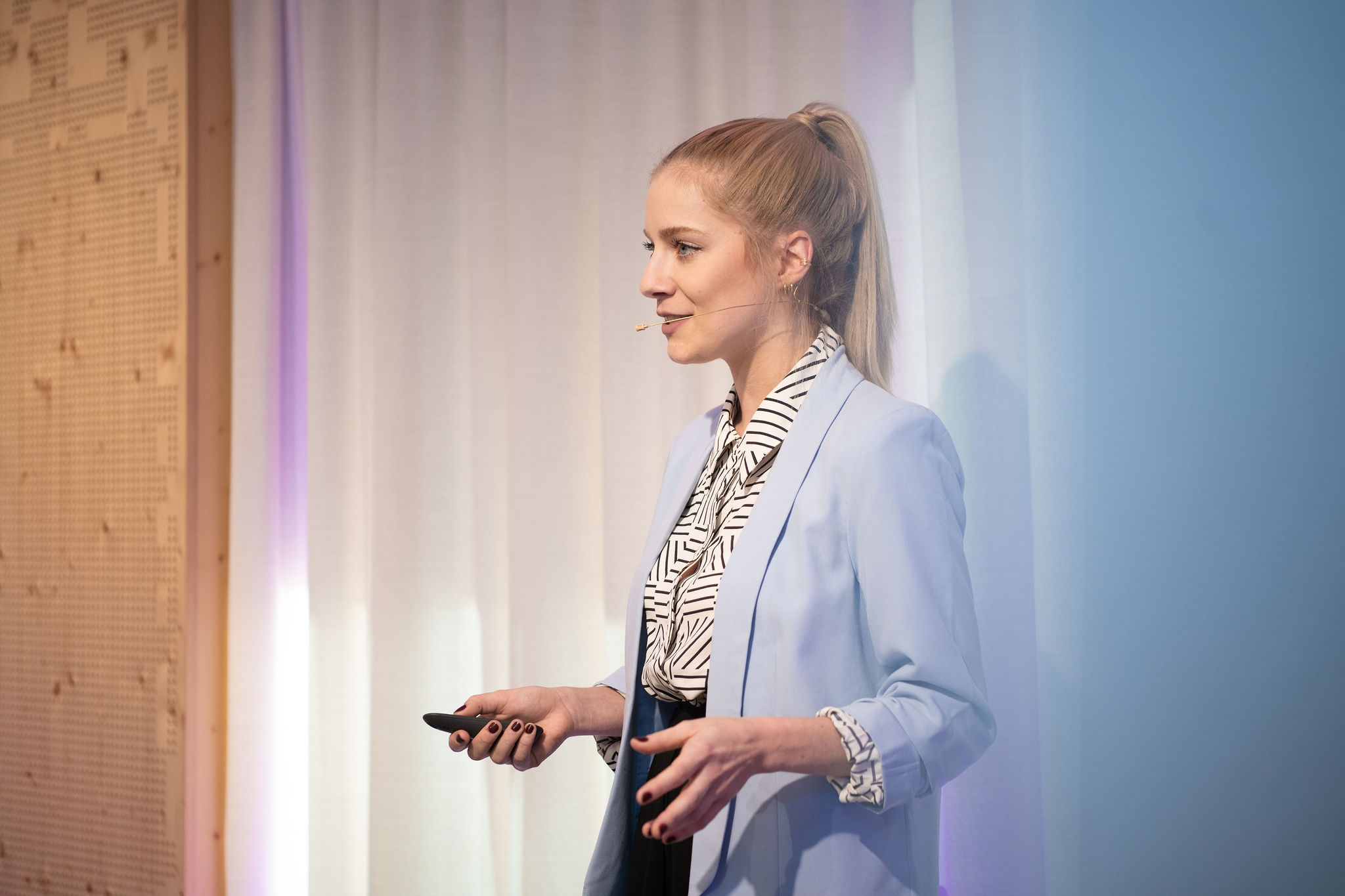
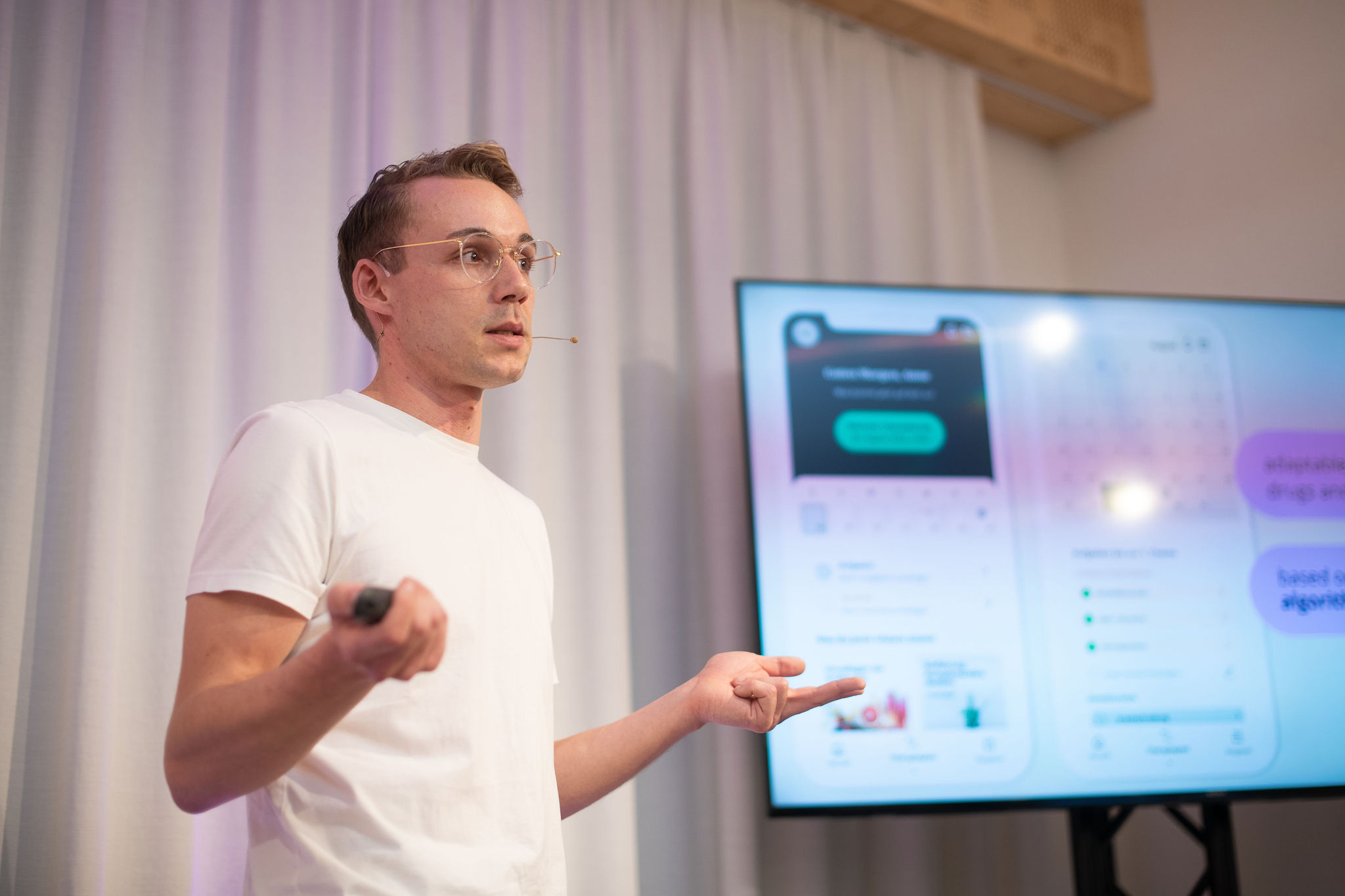
Six Megatrends You Should Know
Presented to an international audience, Cecilia described six megatrends that focused not only on health and the healthcare industry, but trends that will have an influence on every industry in the future.
1. The Great Decoupling (and Recoupling)
“Especially in developed countries, there are two reasons we consume – eating for sustenance or eating for pleasure. In society today we are consuming more for pleasure. The decoupling process is asking the question if we can separate these two systems and then think alternatively how we can eat for pleasure, so it is both better for our health and less wasteful.”
Cecilia shares the example of a ‘virtual lemonade’ – a cup of only water is connected with electricity and when consumed actually tastes like lemonade. “The recoupling is taking place in ways never seen before. Another example is food as medicine and providing medicine through the food consumed.”
2. WEB 3 Wonder
“I want to emphasize the transition between Web 2 and Web 3. We are migrating from real life to virtual encounters. We then ask the question of where do we place our trust? Previously we placed our trust in governments and in companies, but now, thanks to blockchain, we can place our trust between individuals. This is important because 10 to 20 years ago, in Web 2, if I were to buy something from someone unknown, I would be doubtful on how much I could trust them. But I would trust a transaction between, say Amazon. Blockchain provides the ability to trust each other. This has a massive impact upon health data. The shift in the Web 3 world is not one dimensional, but includes NFTs, virtual products, AR/VR hardwares and the metaverse that is being built.”
Cecilia shares the Metaverse economy where real value is found from unreal assets, is created by the illusion of artificial scarcity. The scarcity can be forced onto people by the number of assets that are created.
“Tokenomics is how we incentivise users to use money or exchange. You go into an NFT platform where you can buy, sell or trade NFTS, but there are more complex ones. If you apply this to health, we will have really interesting operations which we have never seen before. Some of the more interesting applications I have seen include the walk to earn model. Your walking is connected to the blockchain which is connected to NFTs – so the more you walk, the more you earn from the value of your NFT. The same concept has been applied to working out, eating health or anything connected to your health and wellbeing data.”
3. Democratization of Technology
“AI generated content is exploding. For example Midjourney creates an image from the text that is entered and Brainworks, which looks at ambient biometrics, allows users to take photos on a phone and with this, it detects and maps heart rate, pulse analysis and much more.”
The current exponential development of technology of Moore’s Law is changing how people can access technologies. Not just with AI but in fields such as quantum.
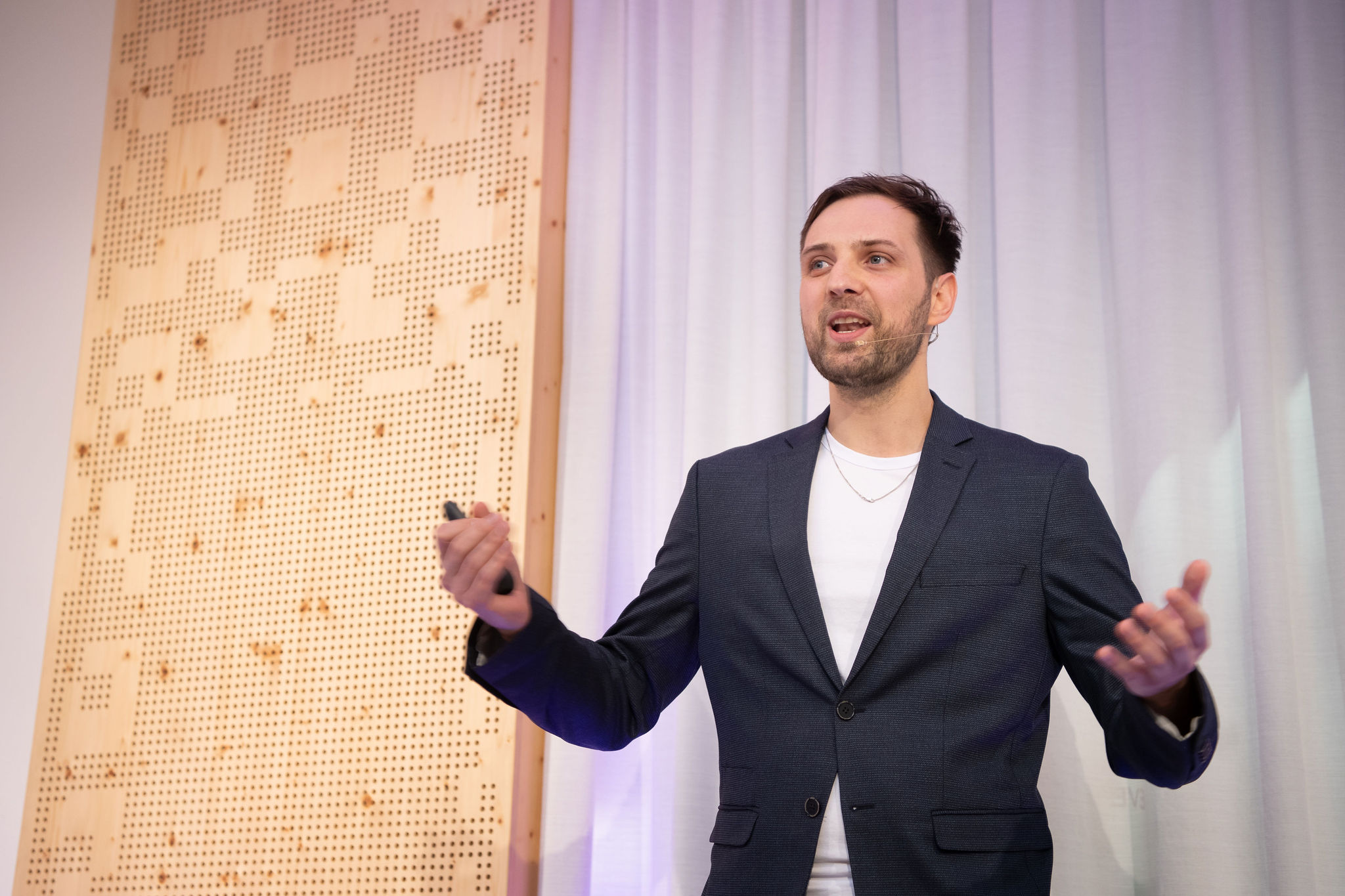
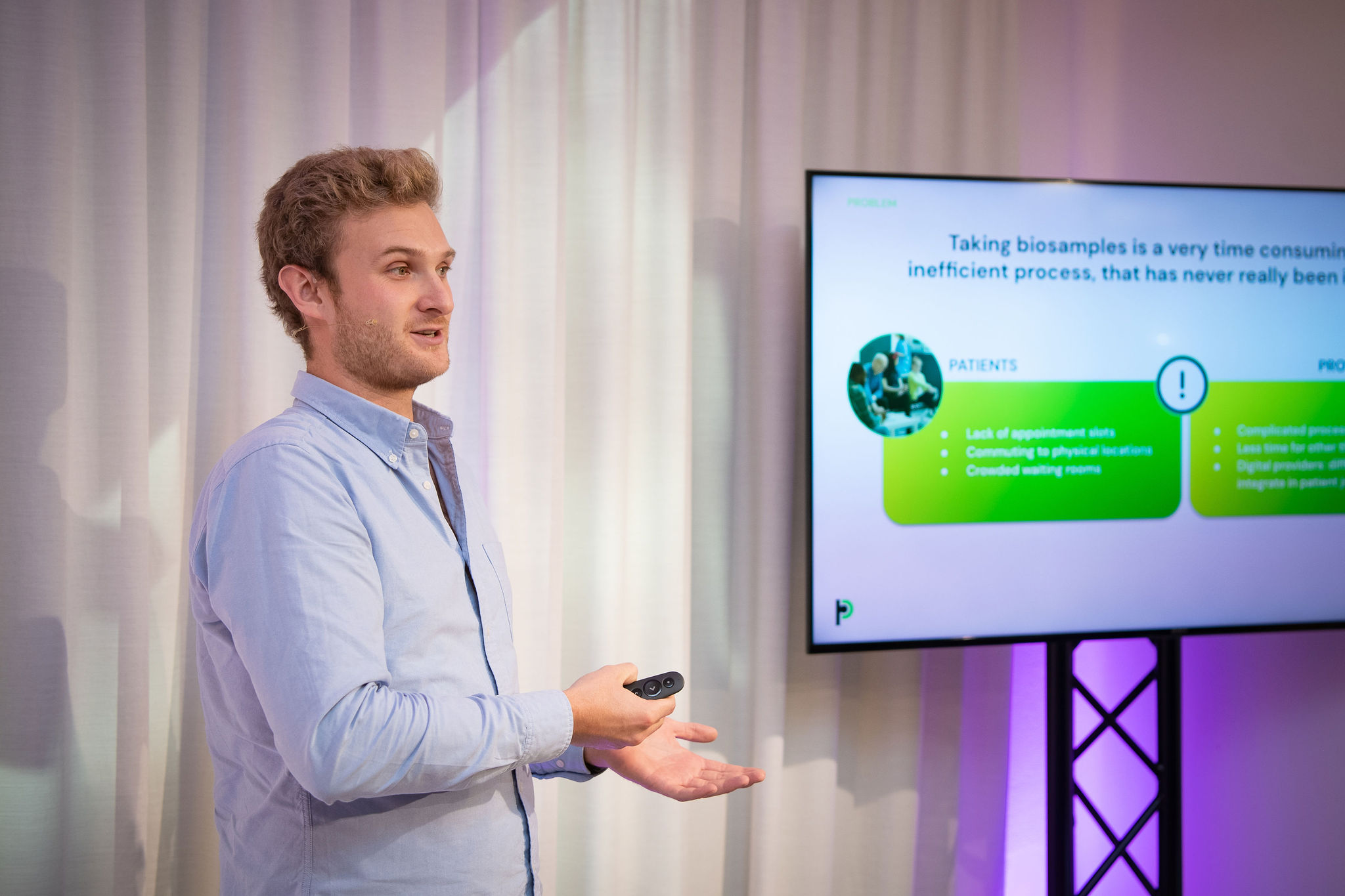
4. The Age of Autonomous Commerce
The age of aCommerce is here and we can see that already with autonomous vehicles. “We have moved from traditional commerce to eCommerce (electronic commerce) to mCommerce (mobile commerce) where we make transactions on the phone and all the way to aCommerce (autonomous commerce).”
This future asks the question of how machines can make transactions on their own as if they are autonomous transaction participants. Cecilia describes this with the example of if two people have an autonomous vehicle, the machines communicate with each other so one car moves out of the way for the other.
“If we have an autonomous world, how drugs are delivered or how ambulances operate, will change.”
5. Augmented Beings
Cecilia shares an example of how sensors on clothing can recognise sound and so for a baby who is deaf and blind, they can hear the noise of people talking. Currently this is set at human frequency, but it’s possible in the future to include sounds that we cannot hear.
A project at Futurity Systems entitled “Remote Body Control” which allows one person to control the other person with their movement. “It was a way to almost replicate bodily movement. We’re capturing the electronic signals in the body but this can also be connected to humans but also plants. These devices are already being used for people with mobility issues.”
6. Biotechnology Revolution
The framework here is to understand how hardware (electrodes, wires, sensors etc.), wetware (nerves, muscles, neurons etc.) and software (processing strategies, system architecture etc.) are paired and used together.
“We are seeing a lot of sensors that are applicable, such as electric skin tattoos that can measure certain biological status of the human body. We have been working on BiomeBrush that is an autogenetic toothbrush where the light can dictate a certain function of a biome that has been genetically modified.”
It was a fascinating keynote for our Demo Day 2022 and Cecilia has truly sparked lots of thoughts for the future. She concluded her address by asking the audience to always be “Rigorously imaginative!” We thank Cecilia for her time and her LinkedIn can be found here.


